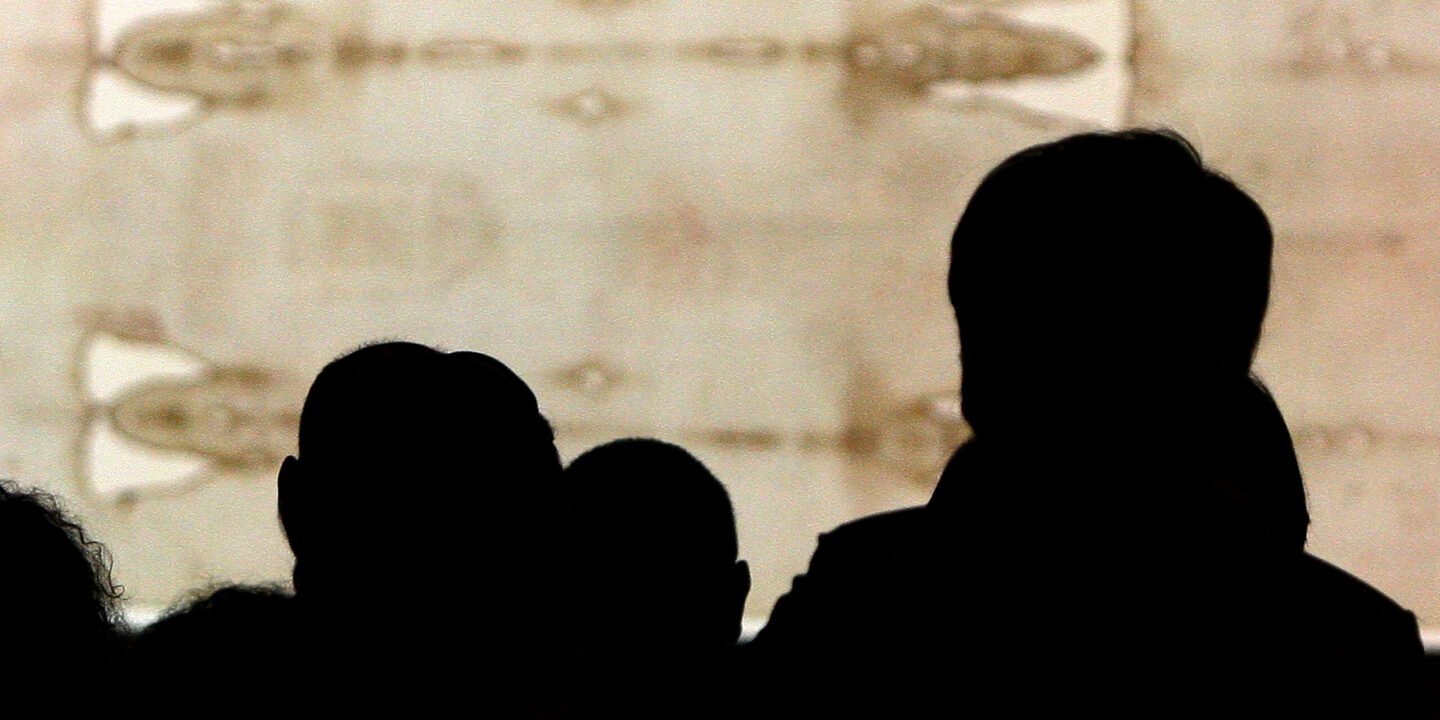
An expert in reconstructing historical faces has published a new paper touting evidence that the Shroud of Turin, which Christians believe was created when Jesus was wrapped in cloth after his death, is nothing more than a “medieval work of art.”
The paper, published in the journal Archaeometry, argues that the shroud’s human-like pattern could only have been produced by a sculpture, not a human being. In testing, two scenarios were compared: one using a three-dimensional human model and one with a low-relief sculpture.
“The results demonstrate that the contact pattern generated by the low-relief model is more compatible with the Shroud’s image, showing less anatomical distortion and greater fidelity to the observed contours, while the projection of a 3D body results in a significantly distorted image,” writes Brazilian 3D designer and researcher Cicero Moraes.
“The accessible and replicable methodology suggests that the Shroud’s image is more consistent with an artistic low-relief representation than with the direct imprint of a real human body, supporting hypotheses of its origin as a medieval work of art,” he writes.
In his testing, Mr. Moraes created digital versions of both a complete human form and a low-relief sculpture, the latter being a flat, shallow carving often used in medieval art. By simulating how fabric would drape over these sculptures and measuring where the cloth made contact with the surface, the researcher found a near-perfect match with the images of the Shroud of Turin when fabric was draped over the low-relief model.
Conversely, fabric draped over the human form produced a distorted, wide image inconsistent with the markings on the Shroud, which measures 14 1/2 feet long by 3 feet 8 inches.
Mr. Moraes attributes this distortion to a phenomenon called the “Agamemnon Mask effect,” named after the exaggeratedly wide appearance of a famous death mask discovered in Mycenae, Greece. “When you try to project a 3D surface like the human face onto a flat plane, such as fabric, the result is extremely distorted,” he writes.
The Shroud of Turin has faced scrutiny since its first recorded mention in the 14th century. Carbon dating conducted in 1989 suggested the Shroud dates back to between 1260 and 1390 AD, centuries after the death of Jesus and during a time when low-relief religious art was popular in medieval funerary practices.
But more recent testing has shown otherwise. Testing in 2024 suggests that the fabric dates back approximately 2,000 years, aligning with the period when Jesus is believed to have lived and died.
In that testing, Italian researchers employed advanced X-ray technology to analyze the linen’s age. The Institute of Crystallography of the National Research Council examined eight small fabric samples, focusing on intricate details of the linen’s structure and cellulose patterns. By using specific aging metrics, including temperature and humidity, they calculated the cloth’s age.
Biblical accounts identify Joseph of Arimathea as the man who wrapped Jesus’s body in linen and placed it in a tomb. A passage from Matthew 27:59-60 reads, “Joseph took the body and wrapped it in a new linen cloth. He put Jesus’ body in a new tomb that he had dug in a wall of rock.”









